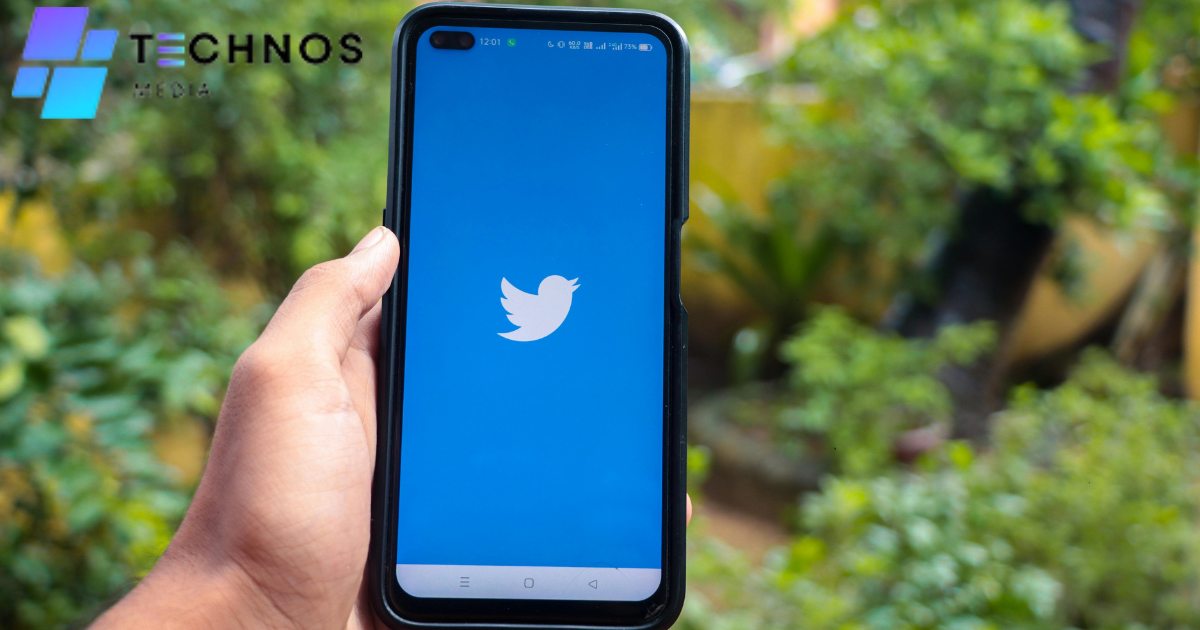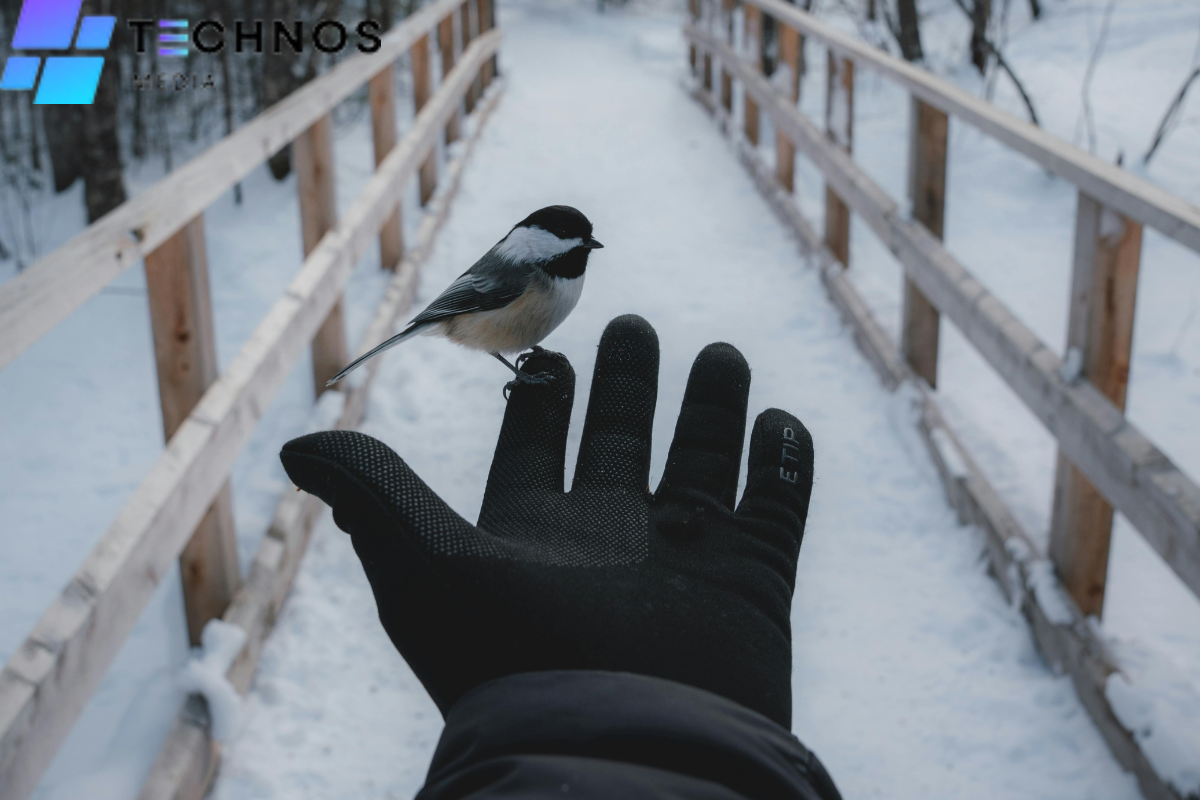 Schema + Rich Snippets – Dominate Search with Visual Results!
Schema + Rich Snippets – Dominate Search with Visual Results!
Will Goldbacks Gain Wider Acceptance in the U.S.?
Written by Technos Media » Updated on: February 27th, 2025


What Are Goldbacks and How Do They Work?
Goldbacks are a form of voluntary, gold-backed currency designed for everyday transactions. Unlike traditional paper money, which is backed by government guarantees, Goldbacks contain actual gold embedded within a polymer bill. This unique structure gives them intrinsic value, as each Goldback represents a specific amount of gold.
Goldbacks were first introduced in Utah in 2019 as a private, alternative currency aimed at providing a more stable and inflation-resistant means of trade. Since then, they have been adopted in several states, including Nevada, Wyoming, and New Hampshire. Their appeal lies in their tangible backing and resistance to the fluctuations seen in fiat currencies. Unlike cryptocurrencies, Goldbacks provide the benefit of holding a physical asset while still allowing for small-scale transactions.
Why Is There Growing Interest in Goldbacks?
As concerns over inflation, economic instability, and government monetary policies increase, many Americans are exploring alternative currencies. Gold has long been a store of value, but traditionally, it has been cumbersome to use for daily transactions. Goldbacks solve this problem by offering a spendable form of gold in small, practical denominations.
The COVID-19 pandemic, supply chain disruptions, and rising national debt have contributed to a lack of confidence in fiat currency. Many individuals and businesses are seeking ways to diversify their holdings and secure their wealth. Goldbacks provide an alternative that combines the stability of gold with the convenience of paper currency.
Additionally, the increasing popularity of decentralized financial systems has spurred interest in alternative assets. Cryptocurrencies have led the way in this space, but Goldbacks offer a physical option for those who prefer tangible assets. The growth of the precious metals market and the declining trust in traditional banking further fuel interest in Goldbacks as a viable means of exchange.
Where Are Goldbacks Currently Accepted?
Goldbacks are not considered legal tender by the U.S. government, but they are widely accepted in certain communities. Utah, where Goldbacks were first introduced, has seen the most adoption, with a growing number of businesses accepting them for goods and services. Other states, such as Nevada, Wyoming, and New Hampshire, have followed suit, and grassroots efforts continue to expand their use.
Businesses that accept Goldbacks often include small local shops, service providers, and restaurants. Online platforms also allow users to exchange Goldbacks for goods, services, or other assets. While major retailers and banks have yet to adopt them, local economies and barter networks have shown increasing interest in using Goldbacks as a reliable currency alternative.
What Challenges Do Goldbacks Face in Gaining Wider Acceptance?
Despite their growing popularity, Goldbacks face several hurdles that may limit their widespread adoption.
Regulatory Challenges: Since Goldbacks are not issued by the federal government, they do not hold legal tender status. This means their acceptance is entirely voluntary. Future government regulations or restrictions on alternative currencies could impact their usage.
Limited Awareness: Many consumers and businesses are still unfamiliar with Goldbacks. Unlike cryptocurrencies, which have gained mainstream attention, Goldbacks remain a niche form of currency. Education and awareness campaigns will be crucial in expanding their adoption.
Adoption by Businesses: For any currency to gain widespread acceptance, businesses must be willing to accept it. While some small businesses have embraced Goldbacks, larger companies and retail chains have not yet incorporated them into their payment systems.
Transaction Infrastructure: The lack of widespread payment processing systems for Goldbacks makes them less convenient than traditional cash or digital payments. Without easy ways to integrate Goldbacks into point-of-sale systems, businesses may hesitate to adopt them.
Public Trust and Perception: Many people still rely on government-backed currency for daily transactions. Convincing the average consumer that Goldbacks are a viable and stable alternative will require time and consistent proof of their usability.
Could Inflation Drive More People to Use Goldbacks?
Inflation is one of the main drivers of interest in alternative currencies. As the U.S. dollar loses purchasing power, many individuals seek stable stores of value. Historically, gold has been a hedge against inflation, making Goldbacks an attractive option.
The Federal Reserve's policies on money supply and interest rates directly impact inflation rates. If inflation continues to rise, more people may look for ways to protect their purchasing power. Goldbacks, with their intrinsic gold value, offer a solution that fiat currency cannot. Their adoption may increase as more people recognize the advantages of holding a gold-backed medium of exchange.
What Role Do States Play in Goldback Adoption?
Certain states have shown more openness to alternative currencies, particularly those that have historically supported sound money policies. Utah, Wyoming, and Texas have passed laws promoting the use of gold and silver as legal tender, providing a more favorable environment for Goldback adoption.
Some states have eliminated sales tax on gold and silver transactions, making Goldbacks more attractive for commerce. As more states consider similar policies, the legal and financial barriers to using Goldbacks could decrease, encouraging broader acceptance.
How Does the Future Look for Goldbacks in the U.S. Economy?
The long-term success of Goldbacks will depend on several factors, including economic conditions, regulatory developments, and public perception. If inflation continues to erode the value of the U.S. dollar, more people may turn to alternative currencies like Goldbacks for stability.
Additionally, if Goldbacks can establish partnerships with payment processors or find integration with digital wallets, their usability could expand. Combining the benefits of physical gold with the convenience of digital payments could significantly boost their adoption.
The future of Goldbacks will also depend on grassroots movements that encourage businesses and individuals to recognize their value. As more local economies experiment with Goldbacks, their credibility and acceptance could grow.
Will Goldbacks Ever Replace the U.S. Dollar?
While Goldbacks offer many advantages, they are unlikely to replace the U.S. dollar entirely. The dollar remains the dominant global currency, backed by the U.S. government and accepted worldwide. However, Goldbacks could serve as a complementary currency, providing an alternative for those seeking financial security outside the traditional banking system.
Goldbacks function well within localized economies and barter systems, where trust and voluntary agreements dictate their usage. As economic uncertainty continues, more communities may adopt them as a parallel currency for daily transactions.
Conclusion
Goldbacks represent an innovative approach to using gold as a spendable currency. Their tangible value, resistance to inflation, and growing acceptance in certain states make them an attractive alternative for those looking to diversify their financial holdings. While they face regulatory and adoption challenges, their potential for wider acceptance is promising.
As economic conditions evolve, the appeal of stable, gold-backed currencies may increase. Whether Goldbacks gain mainstream traction will depend on continued education, business adoption, and public interest in alternatives to fiat money. While they may not replace the U.S. dollar, Goldbacks could play a crucial role in the future of decentralized and stable monetary systems.
Note: IndiBlogHub features both user-submitted and editorial content. We do not verify third-party contributions. Read our Disclaimer and Privacy Policyfor details.
Copyright © 2019-2025 IndiBlogHub.com. All rights reserved. Hosted on DigitalOcean for fast, reliable performance.













